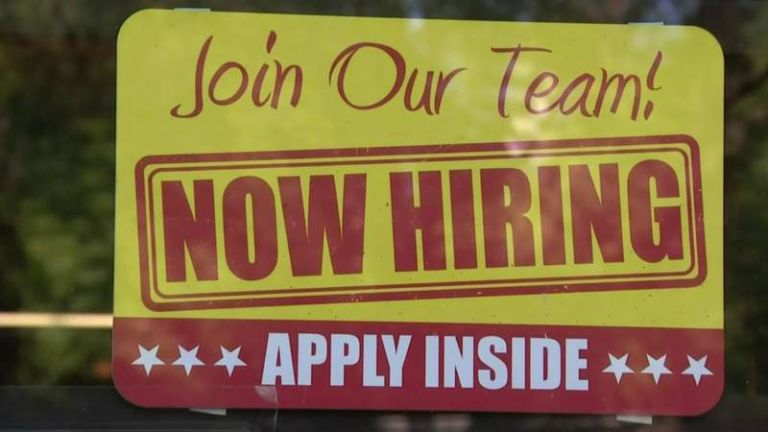
Although media tend to ignore it, mainstream economics is clear about the negative unintended consequences of the minimum wage. Recent research and results continue to affirm outcomes expected by economists from hiking the minimum wage.
Jon Guze posted recent research from MIT that affirms that raising the minimum wage leads to fewer jobs for teenagers, as well as fewer hours worked for teenagers who keep a job. This research had the interesting finding that, after accounting for employer decisions in the higher wage environment forced upon them, “the aggregate wage payment [was] almost unchanged.”
These findings are consistent with previous research discussed here that found that higher minimum wages caused fewer teens to hold jobs, leading to a snowball effect of negative unintended consequences. Teens working less were left with fewer skills acquired, less overall employability, fewer later job opportunities, and lower overall lifetime earnings.
The finding on the aggregate wage is reminiscent of recent research from National Bureau of Economic Research of minimum wage increases in Seattle. It found a “significant” reduction in people joining the workforce. It also found overall earnings were raised by $8–12 per week, but that went entirely to higher-skilled workers, and one-fourth of it came from those workers finding additional work outside the city.
Joe Coletti posted new research from NBER that finds increasing the minimum wage leads to greater crime rates among 16-to-24-year-olds. Authors Zachary S. Fone, Joseph J. Sabia, and Resul Cesur estimate that “a $15 Federal minimum wage could generate criminal externality costs of nearly $2.4 billion.”
This finding is consistent with previous research discussed here that found that “low-skill workers affected by minimum-wage hikes were more likely to lose their jobs, become idle and commit crime.”
Finally, The New York Times recently posted an article entitled, tellingly, “After Winning a $15 Minimum Wage, Fast Food Workers Now Battle Unfair Firings.“


